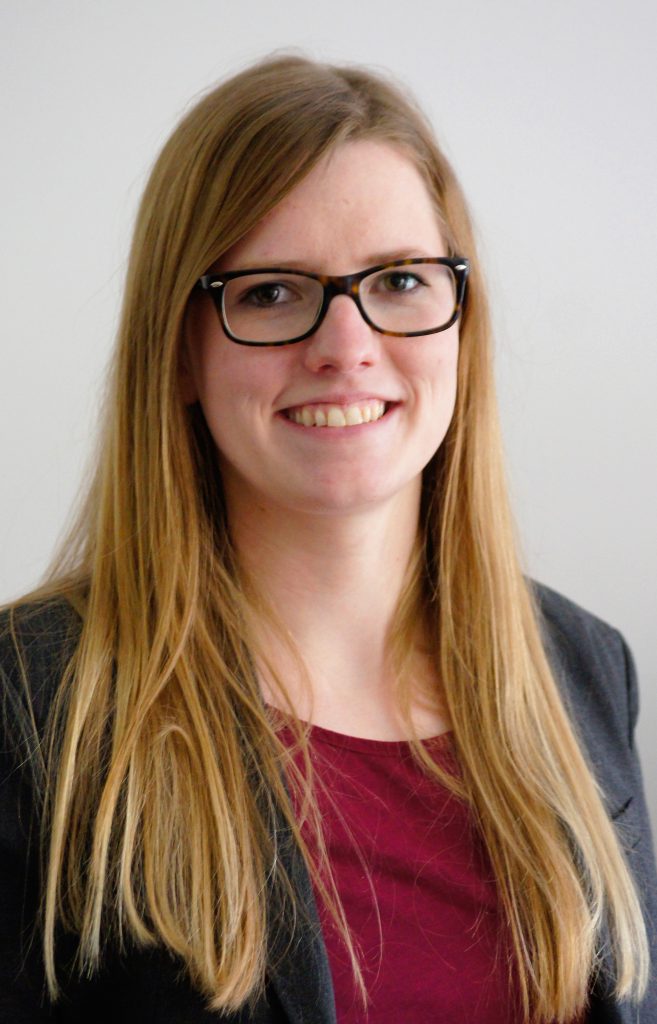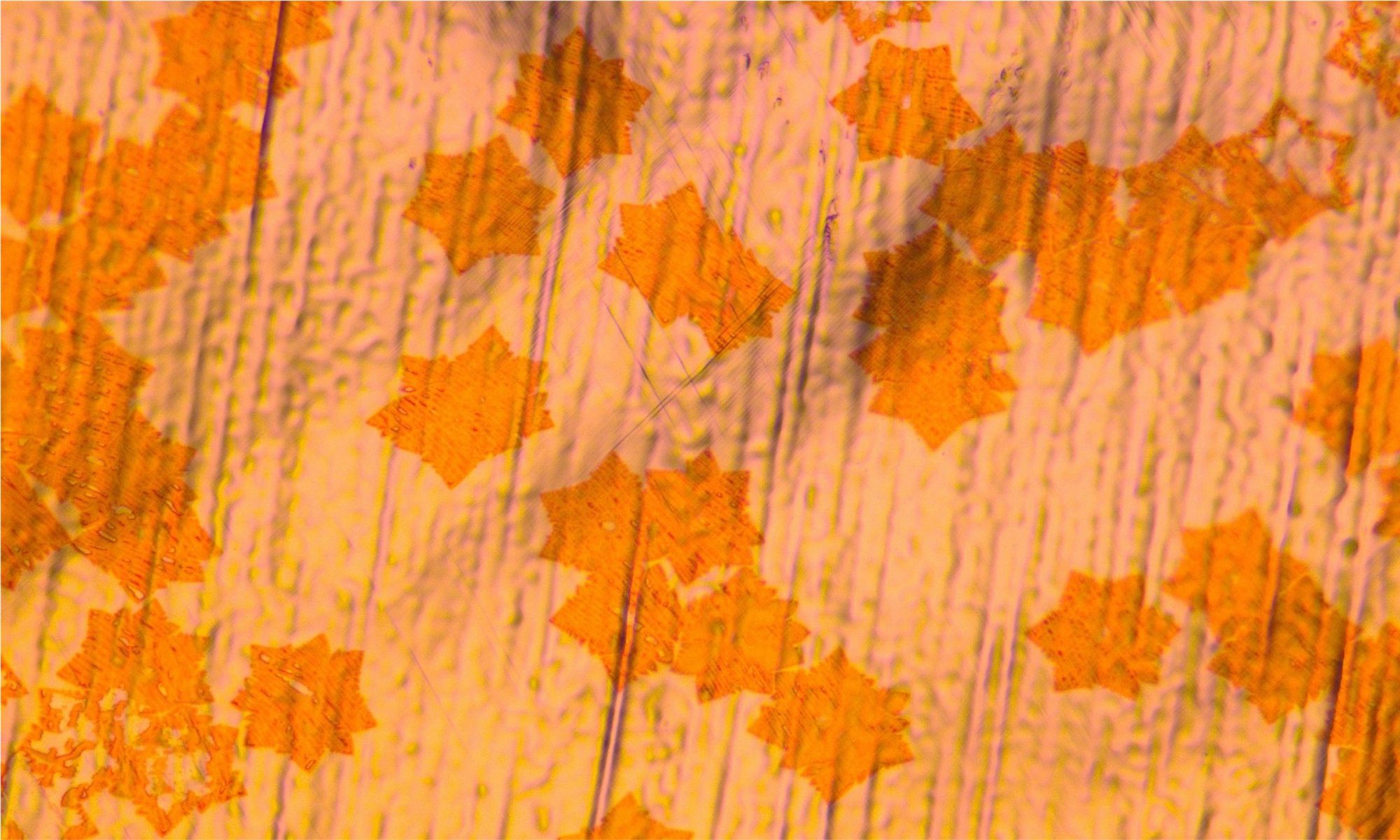Prof. Annika Kurzmann has been appointed ML4Q Professor for Experimental Solid-State Physics at the University of Cologne.

Prof. Annika Kurzmann’s research focuses on van-der-Waals heterostructures as building blocks for quantum bits in quantum networks – a line of research she initiated in 2021, when she joined the group of Prof. Christoph Stampfer at RWTH Aachen University with a RWTH Junior Principal Investigator (JPI) Fellowship. As a JPI Fellow, Kurzmann enjoyed a high degree of independence within the Stampfer group, while benefiting at the same time from the group’s advanced laboratory infrastructure and expertise.
In Aachen, she investigated single-photon emitters in hexagonal boron nitride with the ultimate goal of coupling them to quantum dots realized in bilayer graphene or transition metal dichalcogenides. With this type of research, she became member of the Cluster of Excellence “Matter and Light for Quantum Computing (ML4Q)”, a major research initiative that brings together scientists from the universities of Cologne, Aachen and Bonn as well as the Forschungszentrum Jülich. In 2022, she received the ML4Q Young Investigator Award together with Andrea Bergschneider from the University of Bonn, for their joint project on the coupling of quantum emitters in 2D materials via a cavity.
Commenting on her start in Cologne, she says: “I am looking forward to building up my lab and group in Cologne and to continuing the fruitful collaboration within ML4Q. 2D materials offer a wealth of interesting properties for optical coupling of qubits, and ML4Q provides a great environment to explore these properties”.
Her former host at RWTH Aachen University, Prof. Christoph Stampfer, says: “I’m very happy about Annika’s carrier step. She used her RWTH Junior Principal Investigator Fellowship as a steppingstone toward a tenure-track position – which is exactly the scope for which this type of fellowship was established by back in 2020. This is a real success story not only for Annika, but also for ML4Q, the RWTH and for the Aachen Graphene & 2D Materials Center.”
